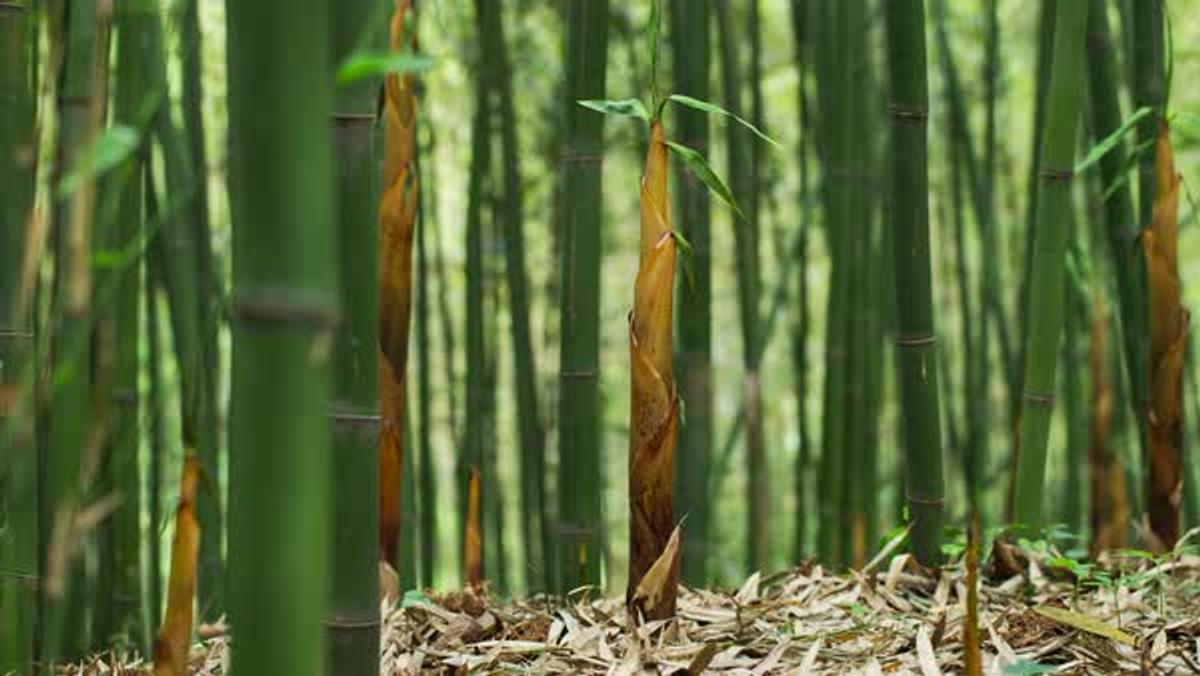From the Leadership Team

The True Nature of Student Growth and Learning
Sebastian Earle, Head of Junior School
Many of us may have heard the rate of growth of the bamboo plant used as a metaphor for personal development. Unlike many plants that have been exposed to perfect conditions and have had access to water and nutrients, the seed of the bamboo plant will remain unseen for five years.
The Rate of Growth in Learning
Once the seed sprouts above the ground, the bamboo can grow up to 30 metres in as little as six weeks - a rate of growth that can only be described as extraordinary! This phenomenon illustrates that despite much effort and care in our approach towards our goals, it may take a very long time before we see some visible results.
This can also describe the nature of student learning. Throughout Term 1, teachers have diligently planned and implemented a vast range of lessons and programs that aim to nurture student enthusiasm and develop their skills and knowledge.
And whilst the students have already produced many positive outcomes, the teachers have also developed a learning environment that will further support optimal growth for the year ahead.
Essential Factors for Developing Future Success
Nourishing student interests, shaping attitudes, establishing routines, setting high expectations and developing effective study skills are all essential factors that play a pivotal role when aiming for future success. Similar to the growing roots of the bamboo plant, much of these supporting factors are not visible until they manifest into bursts of academic growth, expected throughout periods of their schooling.
The Deeper Patterns of Growth and Learning
This irregular pattern of growth can challenge our perceptions, as humans we are inclined to think in a linear fashion. We can be forgiven for predicting that one week of schooling consistently equates to one week of growth, however the cognitive science indicates the learning process is complex and nonlinear.
This shouldn’t come as too much of surprise given the unpredictable and often inconvenient nature of childhood growth spurts. Different students require modifications to teaching in order to learn. They often process and respond to information in a unique way, all the while functioning in a consistently changing world and social environment.
If it’s one thing we can take away from the story about the bamboo plant, growth is not always obvious and visible. Occasionally we need to look deeper into the overall development of the student and, at times, be patient. After all, it won’t be long before our children will be flourishing at surprising heights!

